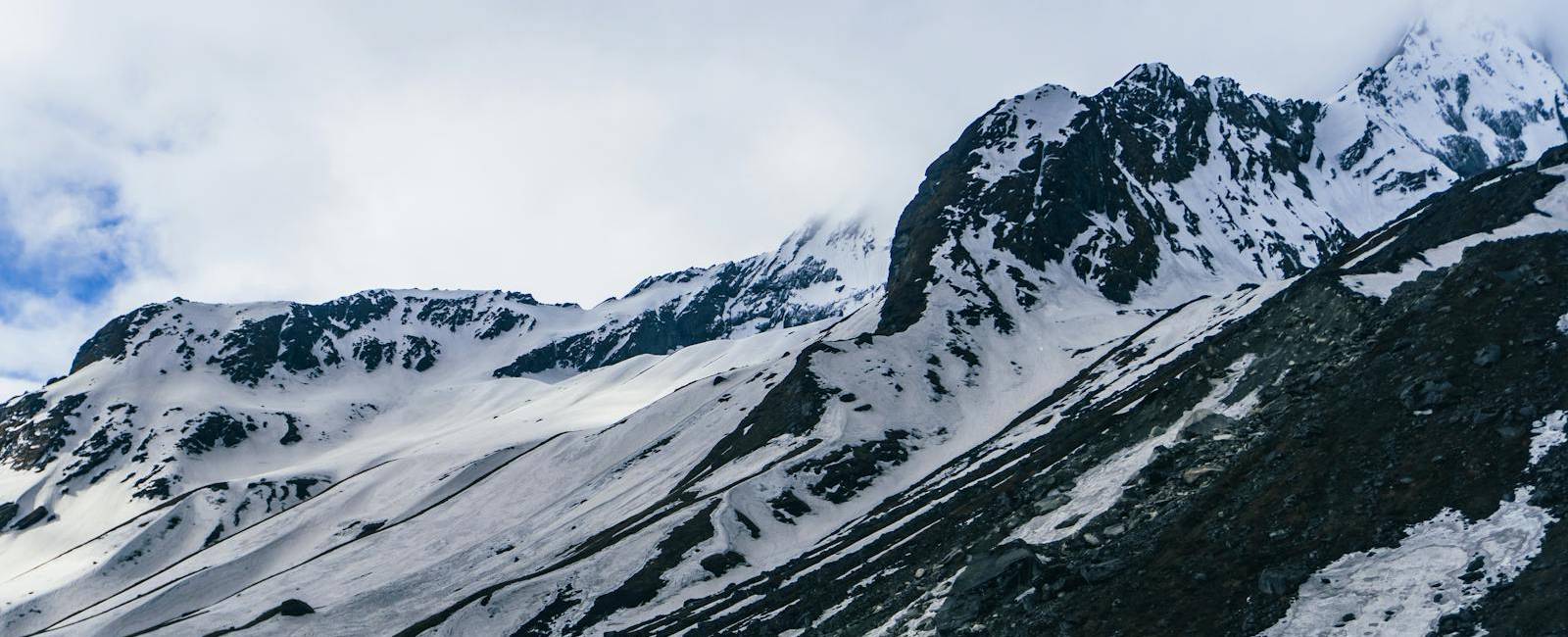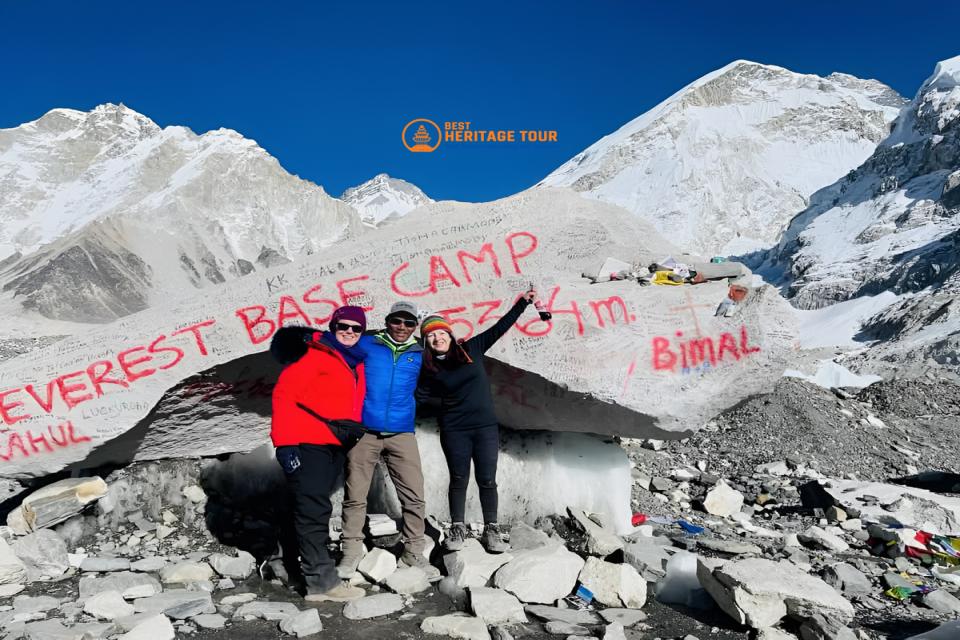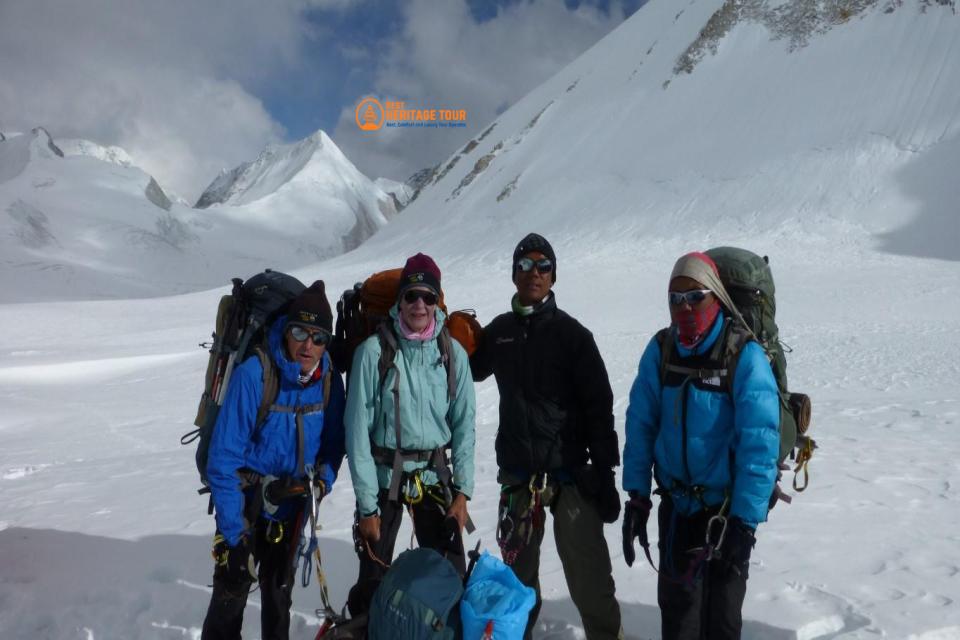The Everest Three Pass Trek is the ultimate Himalayan circuit, covering Renjo La (5,360m), Cho La (5,420m) and Kongma La (5,535m) - three of the highest and most remote passes in the Everest region. This 17-day trek pushes your physical and mental endurance, taking you across glaciers, high alpine valleys, and rugged mountain terrain. With unpredictable weather, extended periods above 4,500 meters, and some technical sections, packing smart and light with the right gear is essential to ensure your safety and comfort throughout this incredible journey.
Here's your gear list, tailored for this demanding trek.
Head & Face
-
Sun Hat / Cap: Wide-brim cap to protect against sun exposure at high altitudes.
-
Woolen Hat / Beanie: Insulated hat to retain heat and protect from cold winds in high mountain passes.
-
Neck Gaiter / Buff: Versatile covering to shield your neck and face from cold, dust, or sun.
-
Sunglasses (UV-protected, glacier-rated): Strong UV protection to prevent snow blindness and shield your eyes from intense sunlight.
-
Headlamp with Extra Batteries: Bright headlamp for early starts over high passes and teahouse stays with limited electricity.
Upper Body
-
Base Layer Shirt: Sweat-wicking thermal layer to manage moisture and stay warm.
-
Fleece Jacket / Lightweight Down Jacket: Mid-layer insulation for cool mornings and evenings.
-
Insulated Down Jacket (Heavy): Essential for staying warm in sub-zero temperatures above 5,000 meters.
-
Windproof/Waterproof Shell Jacket: Breathable and protective outer layer to block wind, snow, or rain.
-
Quick-Dry T-Shirt (Synthetic or Merino): Lightweight, breathable shirts for lower altitudes and layering.
Lower Body
-
Trekking Pants (Convertible optional): Durable and flexible pants for varied terrain and changing weather.
-
Thermal Base Layer Bottoms: Warm leggings for cold days, especially while crossing high passes.
-
Rain Pants / Shell Pants: Waterproof pants to block snow and wind during pass crossings.
Hands
-
Inner Gloves (Fleece or Merino): Thin gloves for light insulation and mobility.
-
Outer Gloves (Waterproof/Insulated): Thick gloves to protect from wind, snow, and freezing temperatures.
Feet
-
Trekking Boots (Waterproof, High-Ankle Support): Sturdy boots with grip for snow, ice, and rocky trails.
-
Camp Shoes / Slippers: Comfortable shoes to rest your feet after long trekking days.
-
Thermal or Wool Socks: Thick socks to maintain warmth and prevent frostbite in freezing conditions.
-
Liner Socks: Breathable socks to reduce moisture and avoid blisters.
Accessories & Gear
-
Backpack (50-60L) with Rain Cover: Spacious, ergonomic backpack to carry clothes, sleeping bag, and essentials for long stretches.
-
Daypack (15-25L): Compact bag for daily use if you're hiring a porter.
-
Trekking Poles (Sturdy & Adjustable): Reliable poles for balance, especially useful on icy or steep sections.
-
Reusable Water Bottle (2.5L Total): Strong bottle to stay hydrated at altitude and avoid plastic waste.
-
Hydration Bladder (Optional): Handy pouch for continuous sipping on the trail.
-
Water Purification Tablets / Filter: Reliable method to ensure safe drinking water in remote areas.
-
Sleeping Bag (Comfort Rating -15°C or lower): Cold-weather sleeping bag to keep warm in unheated teahouses.
-
Power Bank / Solar Charger: Essential to charge devices where electricity is scarce or unreliable.
-
Microspikes / Crampons (Optional): Useful if crossing icy passes during shoulder seasons.
-
First Aid Kit: Includes altitude medication, wound care, pain relief, and blister treatment.
The Everest Three Pass Trek is not just a trek- it's a full-fledged alpine expedition. With long days, high passes, and remote routes, being properly equipped is non-negotiable. Whether it's battling freezing winds at Kongma La or navigating the icy trails near Cho La, your gear is your lifeline. Pack smart, layer effectively, and prepare for both beauty and intensity on one of Nepal’s toughest and most rewarding treks.




